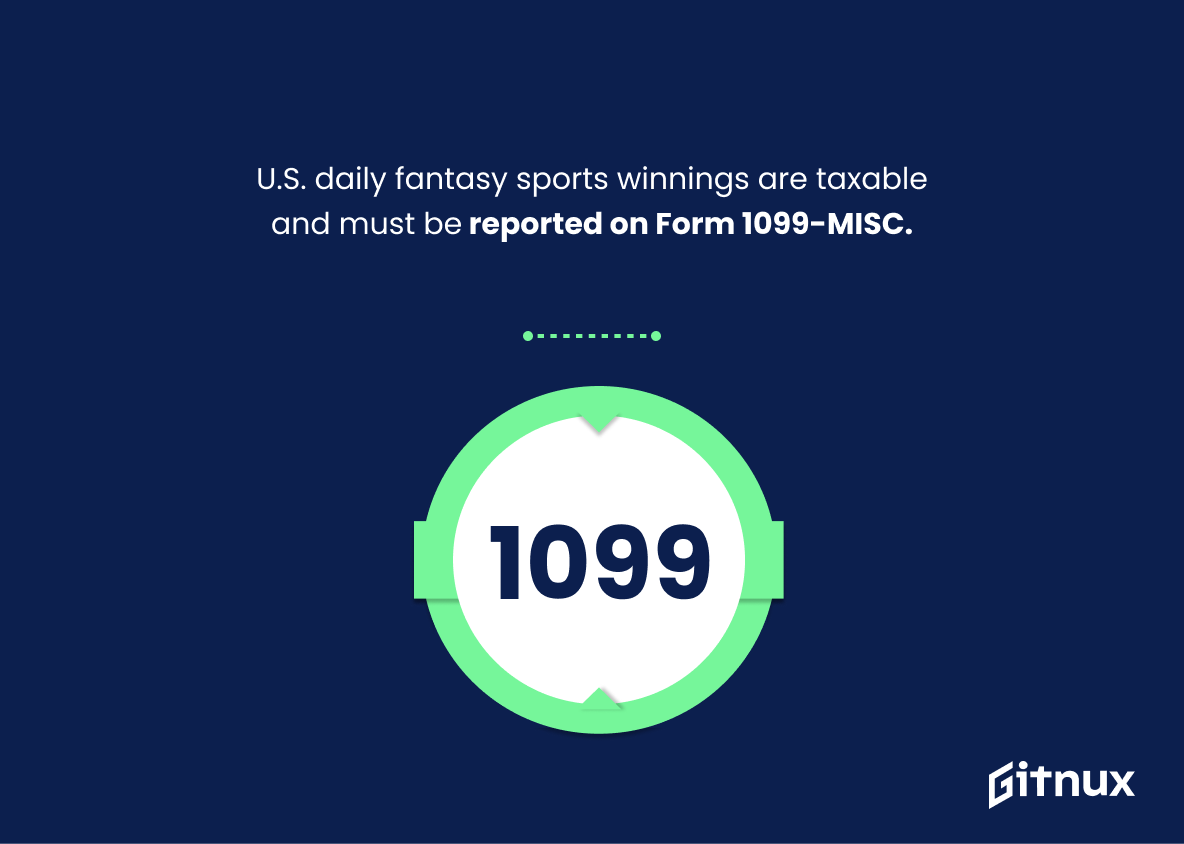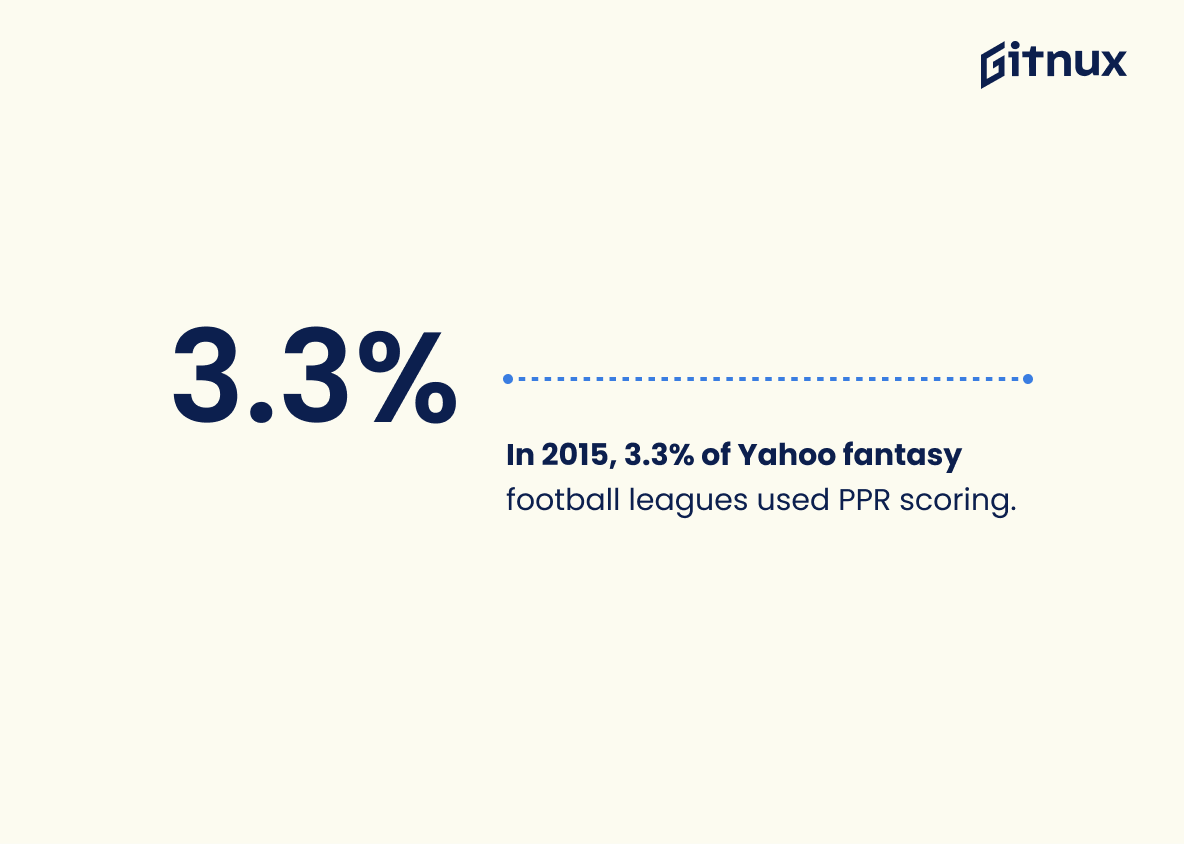Fantasy football has become an increasingly popular pastime for sports fans around the world. With its rise in popularity, there have been many interesting statistics that have emerged about fantasy football and how it affects our lives. From increased viewership of regular-season NFL games to more people participating in fantasy sports each year, these stats provide insight into the impact this activity is having on society. Additionally, we can learn about who participates in fantasy football and how much time they spend managing their teams or playing daily leagues. This blog post will explore 20 fascinating facts related to fantasy football statistics from 2020 and beyond.
Fantasy Football Statistics Overview
It is estimated that workplace productivity is reduced by 6.9% during the fantasy football season.
This statistic serves as a stark reminder of the potential impact that fantasy football can have on workplace productivity. It highlights the need for employers to be aware of the potential for employees to become distracted by fantasy football during the season, and to take steps to ensure that productivity is not adversely affected.
Fantasy sports players watch 14 hours more of live sports per week than non-fantasy sports players.
This statistic is a testament to the power of fantasy sports in driving viewership of live sports. It shows that fantasy sports players are more engaged with the games they are watching, as they are actively participating in the outcome of the game through their fantasy teams. This statistic is important for any blog post about Fantasy Football Statistics, as it demonstrates the impact fantasy sports have on the viewership of live sports.
93% of all fantasy sports participants play fantasy football.
This statistic is a powerful indicator of the popularity of fantasy football, demonstrating that the majority of fantasy sports participants are drawn to this particular game. It is an important piece of information to consider when discussing the prevalence of fantasy football and its impact on the sports industry. This statistic can be used to illustrate the immense popularity of fantasy football and the potential for growth in the fantasy sports industry.
1.6% of 2020 fantasy football leagues used an auction draft format.
This statistic is significant in the context of a blog post about Fantasy Football Statistics because it provides insight into the preferences of fantasy football players. It shows that, despite the popularity of traditional snake drafts, a significant portion of fantasy football leagues still opt for the auction draft format. This indicates that the auction draft format is still a viable option for fantasy football players, and that it is worth considering when forming a league.
Daily fantasy sports winnings are taxable in the U.S., and players need to report their winnings on a Form 1099-MISC.
This statistic is of utmost importance when it comes to Fantasy Football Statistics, as it serves as a reminder that any winnings from daily fantasy sports must be reported to the IRS. Knowing this information is essential for players to ensure they are compliant with the law and avoid any potential penalties.
Most daily fantasy sports users play less than 10 games per year.
This statistic is a telling indication of the level of engagement that daily fantasy sports users have with the game. It suggests that while many people may be interested in fantasy sports, they are not necessarily playing it on a regular basis. This is important to consider when discussing fantasy football statistics, as it can help to provide a better understanding of the overall landscape of the game.
The average daily fantasy sports player spends $318 annually.
This statistic is a testament to the dedication of fantasy sports players. It shows that they are willing to invest their time and money into the activity, demonstrating the passion they have for the game. This statistic is an important part of understanding the fantasy football landscape and the commitment of its players.
3.3% of all Yahoo fantasy football leagues had PPR (points per reception) as a scoring format in 2015.
This statistic is significant in the context of a blog post about Fantasy Football Statistics because it demonstrates the prevalence of PPR (points per reception) as a scoring format in Yahoo fantasy football leagues in 2015. It provides insight into the popularity of this particular scoring system and can be used to compare the usage of PPR to other scoring formats.
Approximately 84% of the top 100 U.S. newspapers are estimated to have published a fantasy football article during the 2019 NFL season.
This statistic is a testament to the immense popularity of fantasy football, as it demonstrates that the majority of the top 100 U.S. newspapers have dedicated resources to covering the sport. It is a clear indication that fantasy football is a major part of the American sports landscape, and that it is a topic of interest to a wide range of readers. This statistic is an important piece of evidence for any blog post about fantasy football statistics, as it shows the level of engagement that the sport has achieved.
22% of total time spent on ESPN’s website in 2019 was on their fantasy football content.
This statistic is a testament to the immense popularity of fantasy football among ESPN’s viewers. It shows that a significant portion of the website’s audience is devoted to fantasy football, indicating that it is a major source of engagement for the website. This statistic is important for any blog post about fantasy football statistics, as it provides a clear indication of the level of interest in the topic.
Mobile apps have been downloaded about 19.6 million times, with 93% of those being for fantasy football apps.
This statistic is a testament to the immense popularity of fantasy football apps. It shows that the majority of app downloads are related to fantasy football, indicating that the sport has a large and dedicated fan base. This is an important piece of information for anyone writing a blog post about fantasy football statistics, as it provides a valuable insight into the sport’s reach and influence.
Conclusion
Fantasy football has become an increasingly popular pastime for sports fans in the United States and Canada. With over 59.3 million players participating in 2020, it is clear that fantasy sports have had a major impact on viewership of regular-season NFL games, boosting them by 64%. The average age of participants is 37.7 years old with 17% being women and 34% spending $500 or more per year on entry fees. It’s estimated that workplace productivity decreases 6.9%, while fantasy football players spend 9 hours per week managing their teams – 75% of which are done during work hours.
In addition to time spent playing fantasy football, many people also enjoy reading about it online; 25.07% of all U.S sport fans are involved in some form of fantasy sports activity and 1 out 5 read articles related to the game each week – 84 percent from top 100 newspapers alone. Mobile apps have been downloaded 19 million times with 93 percent dedicated solely to Fantasy Football content as well as 22 percent total time spent on ESPN’s website devoted exclusively to Fantasy Football content too. Lastly, when drafting teams most leagues use PPR (points per reception) scoring format at 3/3 rate but only 1/6 opt for auction draft formats instead..
Overall these statistics demonstrate just how much influence Fantasy Football has had not only within the world of professional American Sports but also our daily lives too – whether we realize it or not.
References
0. – https://www.sportingnews.com
1. – https://www.rotogrinders.com
2. – https://www.turbotax.intuit.com
3. – https://www.salary.com
4. – https://www.businessinsider.com
5. – https://www.scholarship.sha.cornell.edu
6. – https://www.fantasypros.com
7. – https://www.americascardroom.eu
8. – https://www.alexa.com
9. – https://www.web.archive.org
10. – https://www.sporttechie.com
11. – https://www.fsga.org











